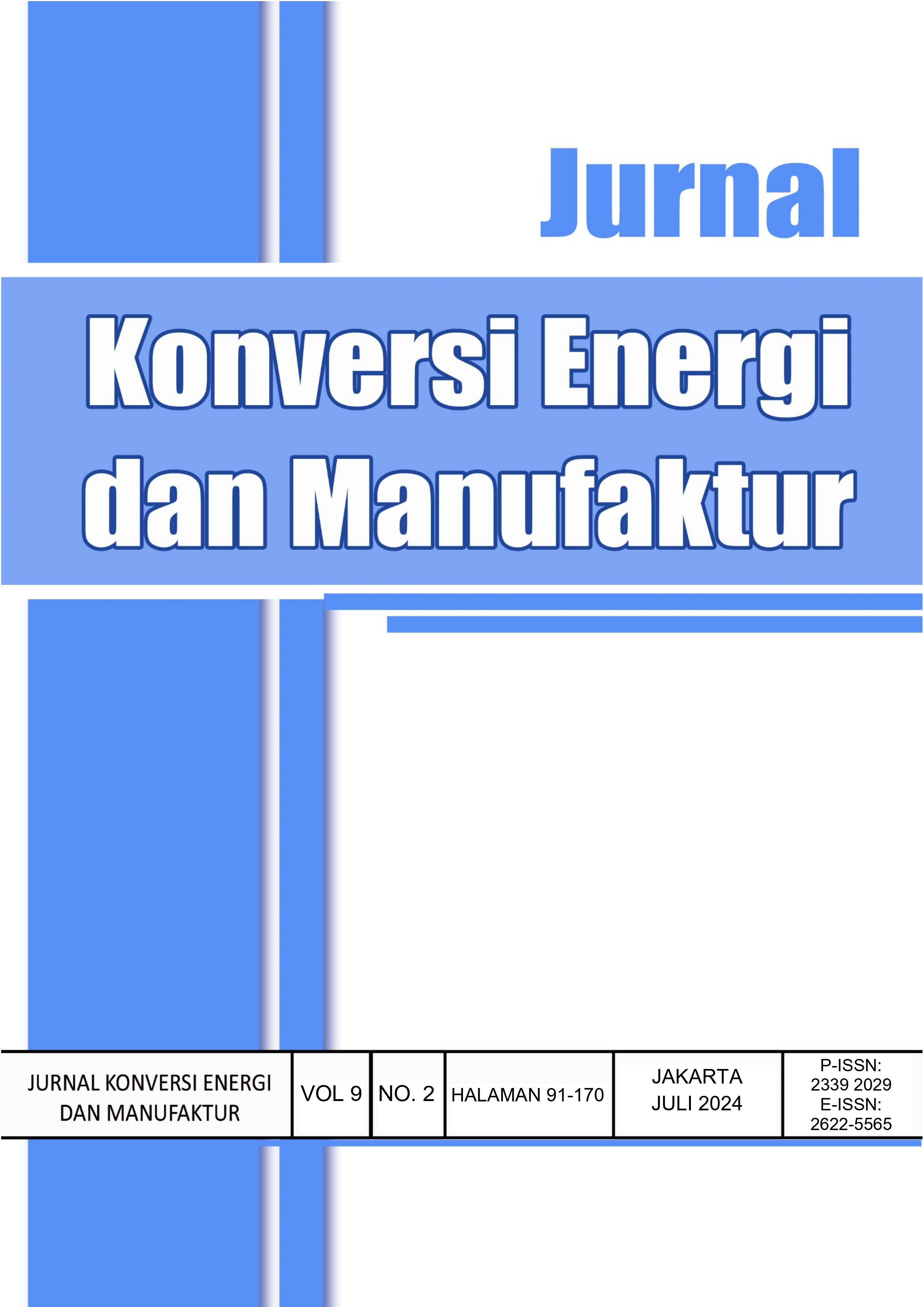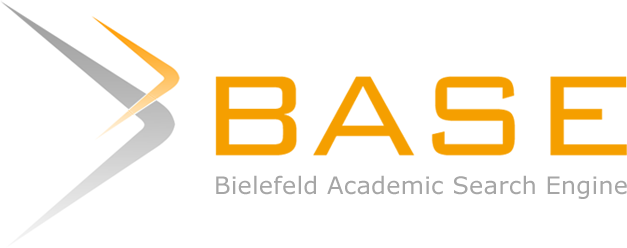PENGARUH TITANIUM DALAM LAPISAN LAS TERHADAP STRUKTUR MAKRO-MIKRO, KEKERASAN, DAN LAJU KOROSI
Titanium Effect in Weld Layer on The Macro-microstructure, Hardness, and Corrosion Rate
DOI:
https://doi.org/10.21009/JKEM.9.2.2Keywords:
Ti Wire, HV 600, Hardfacing, Single LayerAbstract
Low carbon steel cannot be hardened because of its low carbon content. Therefore, a hardfacing process is carried out to increase hardness. Apart from increasing hardness, the benefits of hardfacing can increase wear and corrosion resistance. The hardfacing process using the shielded metal arc welding (SMAW) process generally uses commercial electrodes. Therefore, it is necessary to add other elements such as titanium (Ti) to the weld layer to further increase its hardness. This research aims to study the influences of Titanium (Ti) addition in welding layers that were welded using HV 600 to micro and macrostructure, hardness, and corrosion rate. The hardfacing was conducted using the SMAW process with the various addition of Ti (0.115, 0.223, and 0.334 g) and cooled at room temperature. Macrostructure and microstructure were investigated using digital cameras and an optical microscope. Hardness and corrosion rate were investigated using the Vickers hardness test and weigh loss method. Based on macrostructure investigation, there is a perfect fusion between base metal and weld metal. The microstructure formed is a austenite, martensite and carbide phase. The lowest corrosion rate of 17.54 mpy was seen in the Ti1 sample. The lowest Ti addition would resulting higher hardness at 761.06 VHN.
References
[2] I. Alkahla and S. Pervaiz, “Sustainability Assessment of Shielded Metal Arc Welding (SMAW) Process,” in IOP Conference Series: Materials Science and Engineering, 2017, vol. 244, p. 012001, doi: 10.1088/1757-899x/244/1/012001.
[3] V. E. Buchanan, D. G. McCartney, and P. H. Shipway, “A comparison of The Abrasive Wear Behaviour of Iron-Chromium Based Hardfaced Coatings Deposited by SMAW and Electric Arc Spraying,” Wear, vol. 264, no. 7–8, pp. 542–549, 2008, doi: 10.1016/j.wear.2007.04.008.
[4] S. Prabanjan, K. Karthick, J. Rejvin Kumar, S. Ramkumar, and A. Riswan Ahmed, “Wear Behavior and Metallurgical Characteristics of Particle Reinforced Metal Matrix Composites Produced by Hardfacing: A Review,” in Materials Today: Proceedings, 2020, vol. 33, pp. 599–606, doi: 10.1016/j.matpr.2020.05.527.
[5] V. Shibe and V. Chawla, “Enhancement in Wear Resistance by Hardfacing: A Review,” Mech. Confab, vol. 2, no. 3, pp. 111–122, 2013.
[6] Y. F. Zhou et al., “Effect of Titanium Content on Microstructure and Wear Resistance of Fe-Cr-C Hardfacing Layers,” Weld. J., vol. 91, no. 8, pp. 229–236, 2012.
[7] S. Syaripuddin, S. Sopiyan, S. Aditya, S. D. Yudanto, and F. B. Susetyo, “Synthesis of Hard Layer by Titanium Addition During Welding Process and Quenched Directly,” Int. J. Eng. Trans. C Asp., vol. 36, no. 03, pp. 532–539, 2023, doi: 10.5829/IJE.2023.36.03C.13.
[8] F. B. Susetyo, S. T. Dwiyati, and M. B. P. Hutomo, “Fabrikasi Lapisan pada Baja 0,192 % C Sebagai Alternatif Pahat Bubut,” J. Kaji. Tek. Mesin, vol. 5, no. 1, pp. 42–47, 2020.
[9] M. Sugeng, F. M. Ismail, and J. P. Utomo, “Analisis Perbedaan Laju Korosi Hasil Pengujian Weight Loss dan Polarisasi pada Pipa dengan Pengujian Korosi Standar ASTM G59 dan ASTM G31,” J. Tera, vol. 2, no. 1, pp. 48–56, 2022.
[10] T. Zacharia, “Dynamic Stresses in Weld Metal Hot Cracking,” Weld. J., no. July, pp. 164–172, 1994.
[11] L. Gan, F. Huang, X. Zhao, J. Liu, and Y. F. Cheng, “Hydrogen Trapping and Hydrogen Induced Cracking of Welded X100 Pipeline Steel in H2S Environments,” Int. J. Hydrogen Energy, vol. 43, no. 4, pp. 2293–2306, 2018, doi: 10.1016/j.ijhydene.2017.11.155.
[12] C. C. Hsieh, Y. C. Liu, J. S. Wang, and W. Wu, “Microstructural Evolution with Various Ti Contents in Fe-Based Hardfacing Alloys using a GTAW Technique,” Met. Mater. Int., vol. 20, no. 4, pp. 701–712, 2014, doi: 10.1007/s12540-014-4015-0.
[13] J. Chen, W. Xie, R. Liu, and Y. Wei, “Microstructure and Wear Resistance of Fe-based Hardfacing Layer Prepared by Flux-cored Wire Feeding MAG Welding Process,” Weld. World, vol. 66, no. 2, pp. 175–185, 2022, doi: 10.1007/s40194-021-01209-w.
[14] Sopiyan, Syaripuddin, A. Ahmad, D. Nanto, S. D. Yudanto, and F. B. Susetyo, “Enhancement in The Hardness and Corrosion Resistance of Mild Steel Surfaces by Nickel-Chromium Addition and Rapid Cooling After Welding,” J. Appl. Sci. Eng., vol. 27, no. 6, pp. 2655–2666, 2024, doi: 10.6180/jase.202406_27(6).0012.






















